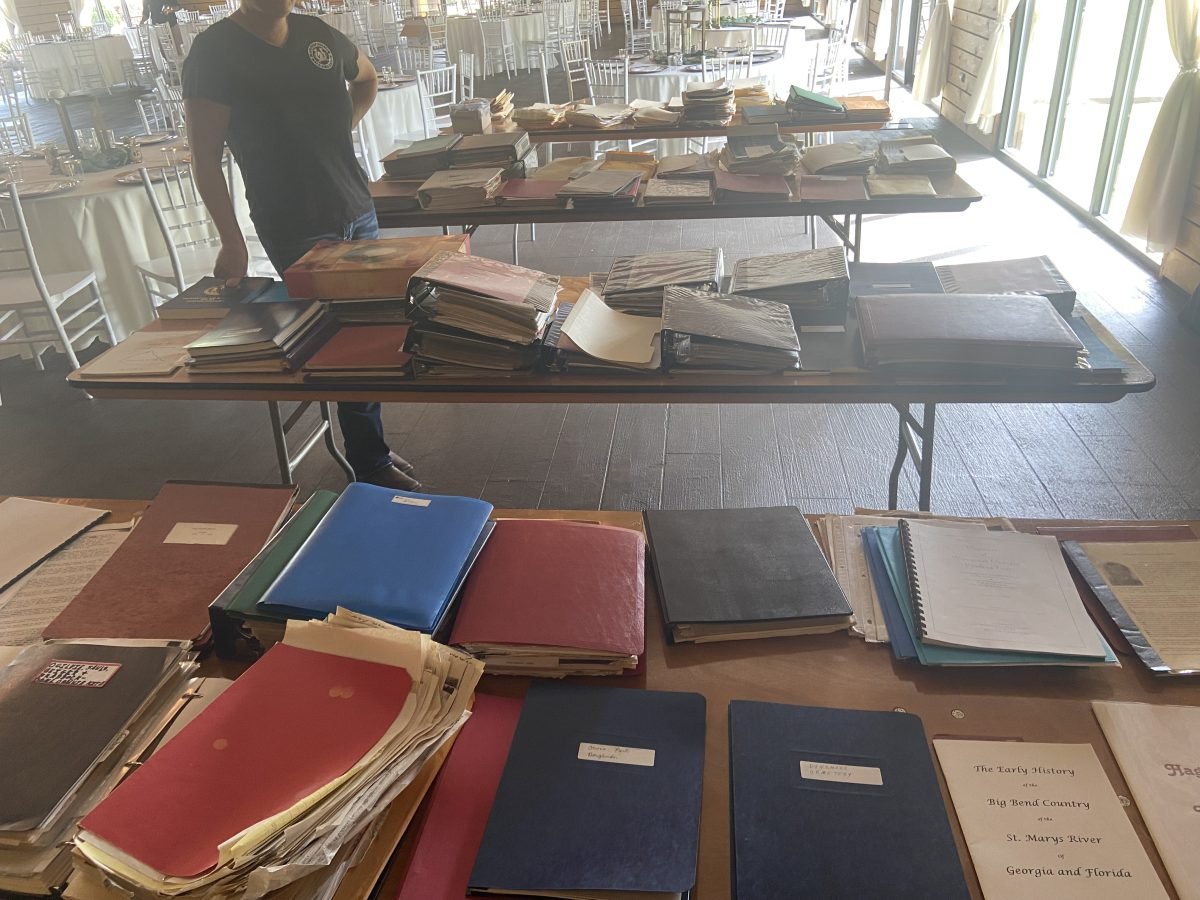Creating a Visual Family Tree from Your Organized Genealogy Materials
Now that you’ve sorted, organized, and digitized your genealogy materials, it’s time to create a visual representation of your family’s history through a family tree. A family tree is an invaluable tool for understanding your ancestry, identifying patterns and connections, and sharing your heritage with others. In this article, we’ll guide you through the process of creating a family tree using your organized genealogy materials and various digital resources.
Choose the right software or platform:
Select a genealogy software or online platform that best suits your needs and preferences. There are numerous options available, such as Family Tree Maker, Roots Magic, Gramps, or online services like Ancestry and MyHeritage. Each offers unique features, so consider factors like ease of use, data management capabilities, and integration with other genealogy resources when making your choice.
Organize your family tree:
Start building your family tree by entering individuals and their relationships, such as parents, spouses, and children. Organize your tree in a logical and visually appealing manner, typically with the oldest generations at the top and the youngest at the bottom. Most software and platforms offer various layout options, so choose one that best represents your family’s structure.
Add detailed information:
Include as much detail as possible for each person on your family tree, such as full names, birth and death dates, locations, and occupation. Attach relevant documents, photos, or other materials from your digital archive to individual profiles to enrich your family tree and provide context.
Verify and source your information:
Ensure the accuracy of your family tree by verifying the information you’ve entered against your genealogy materials and other reliable sources. Cite your sources and attach any relevant documents or records to your family tree as evidence.
Explore potential research leads:
As you build your family tree, you may identify gaps in your knowledge or potential research leads. Use these insights to guide your future genealogy research, seeking out additional records, documents, or resources to fill in the blanks and expand your understanding of your family’s history.
Share and collaborate:
Share your family tree with relatives and fellow researchers, allowing them to contribute information, verify details, or provide feedback. Many genealogy platforms offer collaborative features, such as shared trees or online forums, which can help you connect with others and gain new insights into your family’s past.
Update and maintain your family tree:
As you continue your genealogy research, you will undoubtedly discover new information, relationships, or connections. Regularly update and maintain your family tree to ensure its accuracy and completeness, incorporating new findings and revising any errors or discrepancies.
Creating a visual family tree is a rewarding and engaging way to bring your family’s history to life. By using your organized genealogy materials as the foundation for your tree, you can create a comprehensive, accurate, and visually appealing representation of your ancestors and their relationships. As you continue to research and expand your family tree, you’ll uncover new connections and insights into your family’s unique story, preserving and celebrating your heritage for generations to come.

